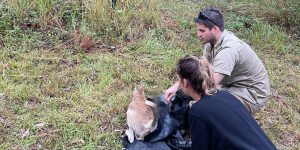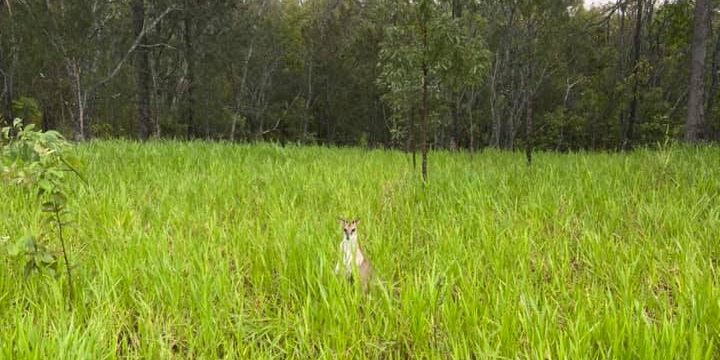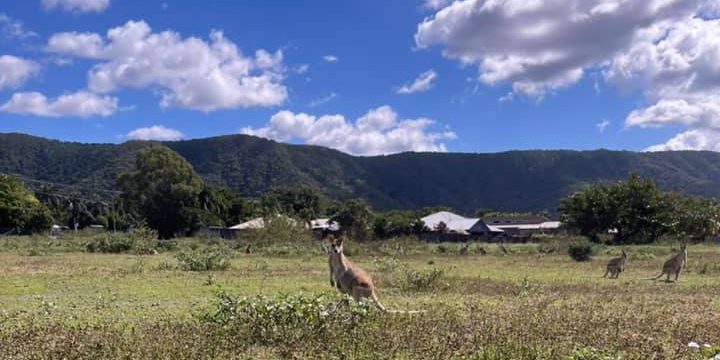WILDLIFE REHABILITATION



The goal of wildlife rehabilitation is to provide professional care to sick, injured, and orphaned native animals so ultimately they can be returned to their natural habitat. Wild native animals that sustain injuries or illnesses preventing them from living successfully in the wild usually are euthanized (have their suffering ended in a humane fashion). Occasionally, individual animals that have recovered from their injuries but are not able to survive in the wild are placed in educational facilities. For rehabilitation to be deemed successful released animals must be able to survive on their own and be an integral part of their species population, i.e., recognize and obtain appropriate foods, select mates of their own species to reproduce, and respond appropriately to potential dangers (flee or fight).
Wildlife rehabilitation is not an attempt to turn wild animals into pets. The injured, orphaned or rescued animal/s are held in captivity only until they are able to live independently in the wild. Fear of humans is a necessary survival trait and every effort is made to minimize human contact and prevent the taming of rehabilitation animals. Wildlife rehabilitation is an elaborate and time-consuming process.
Wildlife carers work with veterinarians to assess injuries and diagnose a variety of illnesses. Due to the important differences between wild animals and domestic animals, rehabilitators need extensive knowledge about the species in care, including natural history, nutritional requirements, behavioural issues, and caging considerations. They also need to understand any dangers the animals may present to carers and must also be able to administer basic first aid and physical therapy.
Suitable large fenced areas and enclosures simulating their natural habitat are important as it provides a safe environment for the animals to complete their rehabilitation and develop their natural skills without the threat of predators. This allows the animals to be acclimatised to the fitness and diets required before they are released back into the wild.
All native Australian animals are protected by law. To work with mammals, reptiles, and amphibians, wildlife carers must be issued special permits from their state wildlife authority. Before receiving these permits, individuals must meet various requirements such as specialized training, participation in mentorship programs, facility inspections, and written or oral exams. Once they receive the permits, conscientious rehabilitators continue their education by attending conferences, seminars, and workshops, keeping up with published literature, and networking with others in the field.
